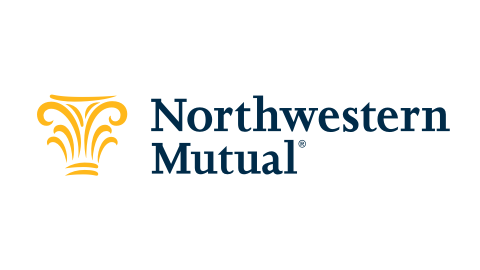If you somehow haven’t heard of Marie Kondo yet, chances are pretty good you will once spring cleaning season gets into full swing.
The decluttering guru is “sparking joy” — and helping empty out closets everywhere — thanks to her best-selling book, “The Life-Changing Magic of Tidying Up,” and binge-worthy Netflix debut earlier this year. Her philosophy goes something like this: By tidying up your home, you can rid yourself of what doesn’t serve you in life and surround yourself with things that bring you happiness, aka spark joy, instead.
That’s a message that works well beyond household clutter, which is why we thought it’d be fun to take a look at how you could apply the KonMari method to your finances as well.
SPARK JOY WITH YOUR FINANCIAL GOALS
Think about what makes you happy: Is it the family summer vacation? The idea of owning your dream home? Retiring early?
If you aren’t actively planning for any of these things, why not? Maybe it’s time to re-prioritize your goals. The KonMari method stresses focusing your energy on the things that will serve the person you are now and who you hope to become. When applied to your financial goals, you could think of it as finding a balance between spending on what serves you today, but also saving and planning for bigger things in the future.
You may have to make some adjustments to your finances, but remember that you’re focusing on the things that are important to you and your family. Working with a financial professional can also help you bring your goals and action plans into focus. After all, your needs and what sparks joy for you can change over time, so it’s natural your financial plan would, too.
TIDY UP YOUR BUDGET
Sometimes your budget can feel a little like that top desk drawer: You know there’s a lot of important stuff in there, you just haven’t had time to go through it.
As Kondo puts it, tidying has lasting impact when approached as a sprint, not a marathon. That way, it doesn’t feel like you’re embarking on an endless task. So set aside a few hours to review your household budget and, if possible, get it done in one sitting.
Collect whatever records you have of your expenses, like bank statements or credit card statements, from the past month or a typical month. As you review each expense, take note of how it makes you feel, especially in relation to the number attached to it. Are you surprised to see a few subscription services you haven’t touched in ages? Or a running tally of food delivery fees that were more than you thought?
If the notion of reviewing your spending line by line feels overwhelming, consider tackling your budget by category. When tackling a home, Kondo actually suggests people not go room by room, but by category of item they’re trying to declutter, such as books or clothing. You could treat your budget similarly, looking at categories of spending, like food, entertainment or trips to the drugstore. (Some credit card companies will help you track your spending by category.)
While fixed costs like your mortgage or other essential bills may not be easy to change, use your gut reaction to see if you notice any wiggle room elsewhere. Don’t think so much about what you’re getting rid of. Rather, think about how funneling money toward your values sparks that instinctual sense of joy. For example, if seeing the amount you spent on movie tickets takes you back to the memorable family movie night last month, by all means, give it a permanent spot in your entertainment budget.
While you’re reconfiguring where your money goes day-to-day, also remember to account for what you’re setting aside for goals. The money you trim from the areas that don’t spark joy in your budget could be diverted to the goals that do.
SORT YOUR FINANCIAL PAPERWORK
Marie Kondo’s rule around paperwork is pretty direct: discard everything.
Before you pass out from shock, she does acknowledge that some documents, especially financial ones, must be saved. You can keep this task as simple as possible by dividing paperwork into two main categories: “to be dealt with” (e.g., bills to be paid or forms that need to be submitted) and “to be saved” (e.g., insurance paperwork, tax returns, account information). Your “to be dealt with” pile should be emptied out daily or weekly.
For things that must be saved, break it down simply to “frequently used” and “infrequently used.” According to the KonMari method, there’s really no need to sort any further. In other words, no need to waste precious minutes alphabetizing your various home warranties — if you need to consult them later, you’ll know where to look, and that’s enough. Finally, keep all your papers in one place; in a single file cabinet drawer in your home office, for example.
At the end of the day, Marie Kondo’s decluttering principles are meant to help you feel more in control of what you have by keeping things simple and organized. Same goes with your finances. When you’ve got everything in order in your financial plan, you can feel confident that you’re only focusing on the things that truly spark joy in your life.

